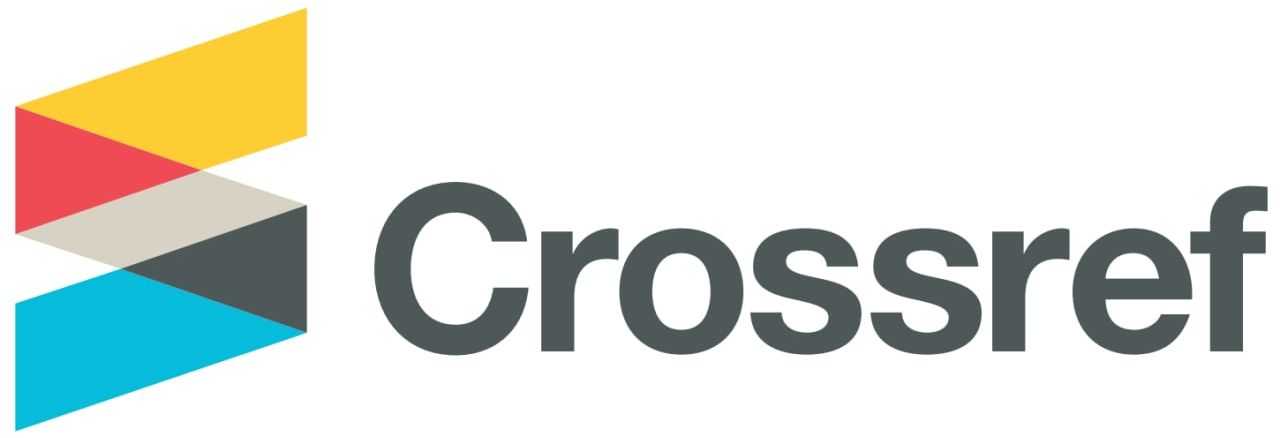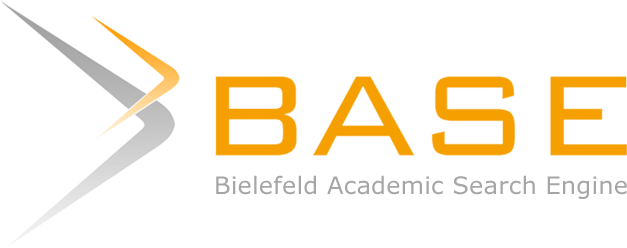ENHANCING CRITICAL THINKING AND INTERCULTURAL COMPETENCE IN ENGLISH LANGUAGE EDUCATION
DOI:
https://doi.org/10.60078/3060-4842-2025-vol2-iss1-pp410-416Abstract
This article discusses the importance of developing critical thinking and intercultural competence when studying English in higher education. According to the author, current EFL (English as a Foreign Language) textbooks often present cultural knowledge in the form of static facts, and this in turn limits analytical activity and traditional teaching methods hinder the development of necessary skills. The study emphasizes the need to revise textbooks, improve teacher training, and introduce alternative assessment methods to develop deeper intercultural understanding and critical discourse.
Keywords:
critical thinking intercultural competence English language learning higher education pedagogical approachesReferences
Deardorff, D. K. (2009). The SAGE handbook of intercultural competence. SAGE. https://doi.org/10.4135/9781071872987
Esen, M. (2021). Critical thinking and intercultural competence: Review, use, and classification of the 21st-century skills in intercultural EFL education. International Journal of English Language Teaching, 8(1), 23. https://doi.org/10.5430/ijelt.v8n1p23
Esmaeili, S. Z., & Kuhi, D. (2023). Promoting Iranian EFL learners’ intercultural competences in English classrooms: The use of pedagogical intercultural and critical incident tasks. International Journal of Intercultural Relations, 97, 101905. https://doi.org/10.1016/j.ijintrel.2023.101905
Gutiérrez, C. P. (2022). Learning English from a critical, intercultural perspective: The journey of preservice language teachers. Profile: Issues in Teachers’ Professional Development, 24(2), 265–279. https://doi.org/10.15446/profile.v24n2.97040
Karatsu, R. (2016). Fostering critical intercultural competence in CLIL classes through films: A case study at a Japanese university. Teaching English Through Movies: ATEM Journal, 21, 129.
Khatami, M., Alsadat, M., & Ghaffarzadeh Hassankiadeh, M. A. (2015). Critical thinking & intercultural communication in learning environment. International Journal of Language and Communication, 1-12.
Kutlimuratova, B., & Urazboev, A. (2023). Challenges of teaching English as a foreign language for Uzbek students. International Journal of Educational Research, 105–110. https://doi.org/10.5281/zenodo.8138868
Matsumoto, D., & Ohno, H. (2017). Teaching intercultural competence and critical thinking in EFL classes in Japan – Developing a framework and teaching material. Journal of Applied Intercultural Communication, 12(2), 87–102.
Paul, R., & Elder, L. (2006). The miniature guide to critical thinking: Concepts and tools. Foundation for Critical Thinking.
Sobkowiak, P. (2016). Critical thinking in the intercultural context: Investigating EFL textbooks. Studies in Second Language Learning and Teaching, 6(4), 697–716. https://doi.org/10.14746/ssllt.2016.6.4.7
Soboleva, A. V., & Lomakina, A. J. (2019). Critical thinking as a premise for the intercultural competence development. Language and Culture, 11, 104–111. https://doi.org/10.17223/24109266/11/11
Yaprak, Z., & Özmen, K. S. (2021). Developing critical intercultural competence in second language teacher education. Journal of Language and Intercultural Communication, 14(3), 456–470.
Zhang, Y. (2020). Developing EFL students’ critical thinking competence in English reading class. Creative Education, 11(07), 1145–1151. https://doi.org/10.4236/ce.2020.117085
Zhou, R., Samad, A., & Perinpasingam, T. (2024). A systematic review of cross-cultural communicative competence in EFL teaching: Insights from China. Humanities and Social Sciences Communications, 11(1), 1750. https://doi.org/10.1057/s41599-024-04071-5







